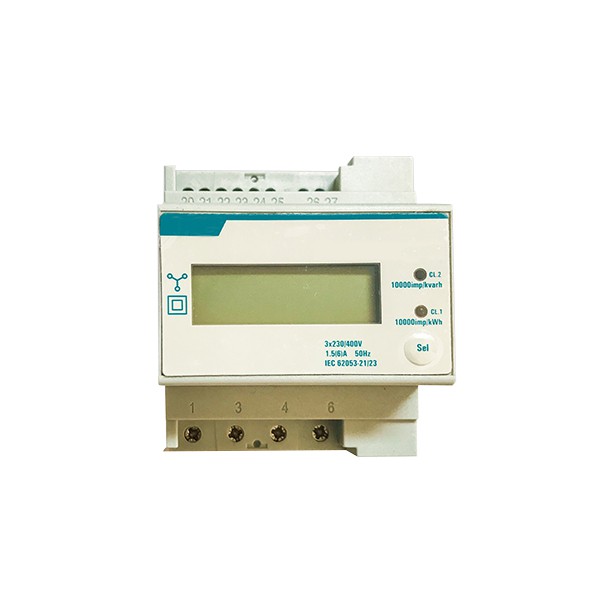How to Connect a 3 Phase Energy Meter: Step-by-Step Guide

Three-phase energy meters are crucial for accurate energy measurement in commercial and industrial settings.
The installation process involves selecting the right location, installing current transformers (CTs) and potential transformers (PTs), connecting the energy meter, and verifying the connections.
Proper sizing and selection of CTs and burden resistors are essential for accurate current measurements.
Calibrating the current reading and monitoring energy consumption are important steps for effective energy management.
Consulting with the electricity provider and a licensed electrician is recommended before undertaking any meter installation or modification.
Understanding Three-Phase Meter Connections
In big places like companies and factories, using three-phase meter connections is key. They help measure how much electrical energy is used. These systems have three phases (A, B, and C) plus a neutral part. With the right connections, businesses can watch their energy use closely.
Importance of Three-Phase Meter Connections
Three-phase meter connections are vital in big settings to measure energy right. They give a broad look at how power is used, helping businesses cut costs. By setting up meters correctly, they can spot where they use too much energy.
Key Components of Three-Phase Meter Connections
A three-phase energy meter, CTs, PTs, and the metering panel are important parts. The energy meter tracks power use in detail. CTs and PTs lower the high current and voltage to safe levels. The metering panel keeps everything secure and connected.
how to connect 3 phase energy meter
Step 1: Selecting a Suitable Location
To set up a three-phase energy meter, choose the right spot first. It should be close to the main power supply for easy access. Also, keep it indoors to protect it from the weather and maintain its accuracy.
Step 2: Installing Current Transformers (CTs)
Next, you need to put current transformers (CTs) on each phase. Make sure these CTs are perfectly in line with the wires and are tightly connected. This is key for the meter to measure current correctly.
Step 3: Installing Potential Transformers (PTs)
You then connect potential transformers (PTs) to each phase, paying attention to the right polarity. It's also important to ground the PTs well. Doing this prevents damage from voltage surges and supports accurate voltage readings.
Step 4: Connecting the Energy Meter
Mount the three-phase energy meter securely in the panel. Connect the CTs and PTs to the meter's terminals according to the manual. Ensure all the wires are properly connected and fastened tight.
Step 5: Verifying Connections and Performing Testing
Check all connections to make sure they're correct and in good shape before turning on the system. Once everything's verified, close the panel. Now, it's time to start the system and test it to guarantee the measurements are precise.
Choosing the Right Components
Picking the right parts for your three-phase energy meter is key. It helps measure energy well and boosts the system's performance. Here are the main things to think about when choosing components.
Selecting the Appropriate Current Transformer (CT)
Choosing the right current transformer (CT) is vital for accurate energy readings. The CT's size should match the maximum continuous power the system uses over the supply voltage, often 110V or 220V. For best results, the turns ratio of the CT should be between 500:1 and 5000:1.
Sizing the Burden Resistor
The burden resistor changes the CT's current into a voltage the energy meter can use. To find its size, divide the highest expected current by the CT's turns ratio. Then, figure out the resistance needed with R = V/I, and pick the nearest standard value resistor.
Determining Capacitor and Dividing Resistor Values
For ordinary home needs, a 10μF capacitor works well. The dividing resistors, which help set the 2.5V reference voltage for the Arduino, should have the same value. For example, you can use two 100kΩ resistors.
Calibrating and Operating the Three-Phase Energy Meter
Calibrating the Current Reading
To calibrate the current reading, use a calibrated load. This could be incandescent light bulbs. By comparing the meter's display with the actual load, you adjust scaling factors. This ensures current readings are correct.
Monitoring Energy Consumption
After calibration, you can monitor energy consumption. The meter shows current, power, max power, and kilowatt-hours for each phase. This allows for good energy monitoring and management.






